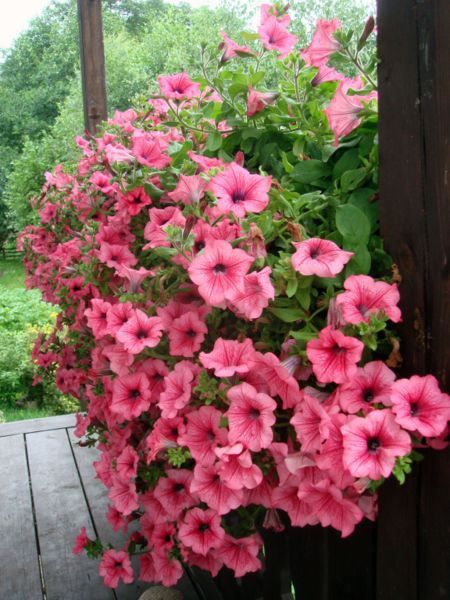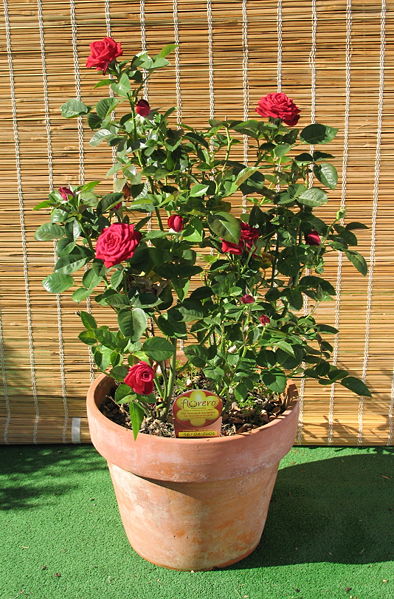Ornamental PlantAn ornamental plant is a plant that is grown for its ornamental qualities, rather than for its commercial or other value. The term is often abbreviated to ornamental (usually as a noun) when used in horticultural contexts. Ornamental plants are typically grown in the flower garden, or as house plants. Most commonly they are grown for display of their flowers. Other common ornamental features include leaves, scent, fruit, stem and bark. In some cases, unusual features may be considered ornamental, such as the prominent and rather vicious thorns of Rosa sericea. In all cases, their purpose is the enjoyment of gardeners and visitors. Ornamental plants may also be used for landscaping, and for cut flowers. Similarly trees may be called ornamental trees. This term is used when they are used as part of a garden setting, for instance for their flowers, their shapes or for other attractive characteristics. By comparison, trees used in larger landscape effects such as screening and shading, or in urban and roadside plantings, are called amenity trees. For plants to be considered as ornamental, they may require specific work and activity by a gardener. For instance, many plants cultivated for topiary and bonsai would only be considered as ornamental by virtue of the regular pruning carried out on them by the gardener, and they may rapidly cease to be ornamental if the work was abandoned. Ornamental plants and trees are distinguished from utilitarian and crop plants, such as those used for agriculture and vegetable crops, and for forestry or as fruit trees. This does not preclude any particular type of plant being grown both for ornamental qualities in the garden, and for utilitarian purposes in other settings. Thus lavender is typically grown as an ornamental plant in gardens, but may also be grown as a crop plant for the production of lavender oil.
From Wikipedia, the free encyclopedia
|
|

